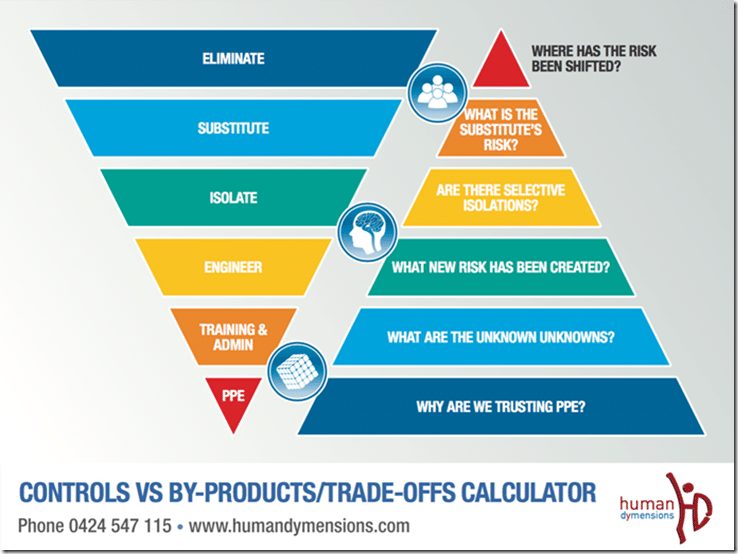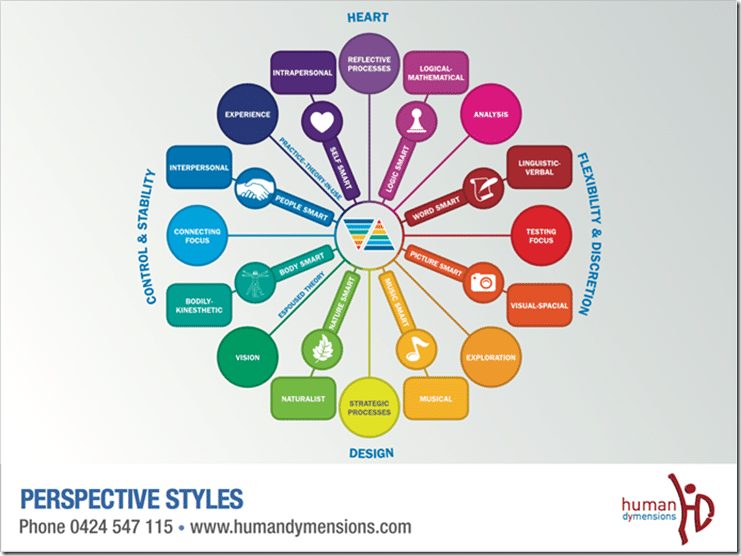Originally posted on February 26, 2016 @ 7:12 PM
Risk and Safety Matrices and the Psychology of Colour
Artists, marketers and advertisers (https://www.helpscout.net/blog/psychology-of-color/ ), fashion designers, graphic and instructional designers, supermarkets (https://www.youtube.com/watch?v=qO9UPy04WMs ), therapists (http://www.theschooloflife.com/shop/colouring-as-therapy-poster-fruit/; http://www.colourtherapyhealing.com/colour_therapy/what_is_colour_therapy.php ), designers, and teachers know about the importance of colour. Many of these professionals know about the psychology of colour (https://en.wikipedia.org/wiki/Color_psychology). Even politicians know that colour matters (http://www.executivestyle.com.au/what-does-your-tie-say-about-you-2o1j8; http://thelamp.org/between-the-lines-how-politicians-use-color-psychology-to-win-your-votes/ ). Human mood and emotion is strongly affected by colour (https://www.youtube.com/watch?v=mqlwhwiLmrg ), sounds, music, the environment, social context and the presence of others. For the purposes of this blog I just want to focus on colour although the interconnectivity of colour to other social psychological factors ought not be forgotten (https://www.youtube.com/watch?v=6g3n9kb5xTo ).
Colour communicates to the unconscious and has a profound effect on perception on the unconscious in a similar way to the way words and language (through discourse) also permeate into our unconscious (http://micco.se/wp-content/uploads/2010/05/Micco-Groenholm-on-Color-Affects-System.pdf ). The use of colour is not neutral (http://www2.ca.uky.edu/HES/fcs/FACTSHTS/HF-LRA.151.PDF ). This is why schools and teachers know that discipline issues are assisted by relocating children to a room that is painted soft green. Blue can have a calming affect and red can influence levels of heart rate and exercise (http://jass.neuro.wisc.edu/2015/01/Lab%20602%20Group%203.pdf). The crime rate and suicide can be affected by colour in combination with other social and environmental factors (http://www.businessweek.com/globalbiz/blog/eyeonasia/archives/2009/11/will_blue_light.html). Even the latest fad on colouring in books for health and well being (https://itunes.apple.com/au/app/color-therapy-free-stress/id1031002863?mt=8 ) show that colour can help relieve stress and anxiety. Strange isn’t it that as we grow up we are told to give up colouring in for text because art, play, imagination and dreaming have been made a pejorative activity by the rationalists. Strange that one is now insulted by being called ‘ a dreamer’ when in times of old this was a term of praise and attraction.
Of course the rationalist-materialist and reductionist-behaviourist paradigm would like to deny any affect of colour or that there is even an unconscious. It is strange that so many disciplines know and are intelligent about the psychology of colour (http://www.nytimes.com/1982/10/19/science/color-has-a-powerful-effect-on-behavior-researchers-assert.html?pagewanted=all) and yet it never gets a mention in safety. Even McDonalds knows that the use of colour can affect hunger and perception of size (Ritzer, The McDonaldization of Society) but Safety doesn’t connect colour to decision making. Unfortunately, all the curves, pyramids, triangles and matrices that populate the safety space have a psychological affect. Yet Safety continues to believe that decision making is only a rational process (Safety is a choice you make https://safetyrisk.net/is-safety-a-choice-you-make/).
There is an amazing level of information on the psychology of colour, even a pencil set I have on my desk that helps remind me of the affect of colour on the unconscious (http://www.theschooloflife.com/shop/the-psychology-of-colour/). If you want to know what the instructional or graphic designer knows about colour this involves extensive study and play with the champion of colours, Pantone (https://en.wikipedia.org/wiki/Pantone). There are at least 1700 colours, many of which we can’t ‘differentiate’ with the naked eye and of course many people are colour blind and have challenges in differentiating between certain tones of colour. Then again most of us don’t even see major changes in colour (https://www.youtube.com/watch?v=mf5otGNbkuc ) but our unconscious does.
This brings me to the naivety of Safety in its use of colour. When we do a risk assessment and use the typical risk matrix the use of colour change actually convinces our unconscious that something in actuality has also changed. Amazing how the shift from red to orange to yellow to blue to green is the psychological goal of the risk assessment process, yeah, let’s just get it out the way so we can get the job done. Of course, we all know that risk cannot be eliminated, there is either a residual risk, a new risk has been created or the risk has been ‘shifted’ elsewhere. But psychologically, the colour change convinces us (unconsciously) that something has happened in reality, in a way it makes us blind to real risk. By the way, the idea of a coloured risk matrix or coloured hierarchy of controls is only very recent in the management of risk (http://ntrs.nasa.gov/archive/nasa/casi.ntrs.nasa.gov/20050123548.pdf ). In some ways the coloured matrices and hierarchy of controls models help us feel comfortable with the risk assessment process. The shifting of the colours sometimes becomes the goal of a risk assessment rather than the actual focus on a conversation about risk. I call this the ‘colour comfort factor’.
I wrote about matrices recently (https://safetyrisk.net/calculators-matrices-and-mumbo-jumbo-risk-assessment/) including an extensive list of research and resources on the topic, however none of these resources discuss the influence of the psychology of colour in the process.
In order to assist the affect of the ‘colour comfort factor’ in risk assessment using the hierarchy of controls, I use a By-Products and Trade-Offs calculator (Figure 1.) in my Risk Intelligence training. The purpose of the calculator is to help organisations reduce overconfidence (hubris) and naivety in the risk management process. In this way, the organization and workers are able to ‘entertain doubt’ (or what Hudson calls ‘Chronic Unease’ or Weick calls ‘Preoccupation With Failure’), one of the most critical factors in risk and safety management
Figure 1. The Human Dymensions By-Products and Trade-Offs Calculator
On the reverse side of the tool is a handy reminder that all By-Products and Trade-Offs are not neutral but rather affected by the eight dominant Perspective Styles (Figure 2.) in understanding risk. Each one of these styles understands risk from it’s own perspective for example, an engineering perspective (logical mathematical style) tends to understand risk through it’s own lens, and tends to convince this discipline that there are no other lenses (eg. the Humanities disciplines). For many disciplines, the psychology of colour and the nature of communicating to the unconscious form unknown unknowns ie. Because we don’t know about it, it must not exist or be important.
Human Dymensions use this By-Products and Trade-Off Tool and many other complementary tools in the Human Dymensions SEEK Program, a Four day program on the Social Psychology of Event Investigations. One of the best ways to understand by-products and trade-offs is to learn about systems dynamics using causal loops. Dr Long has developed a unique process of using causal loop mapping linked to his Workspace, Headspace and Groupspace tool. This is also a feature of the SEEK program.
Further Reading
One of the best books to read on by-products and trade-offs in risk is by Amalberti (2013, Navigating Safety, Necessary Compromises and Trade-Offs Theory and Practice).





Do you have any thoughts? Please share them below